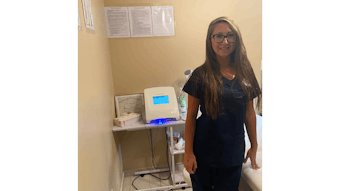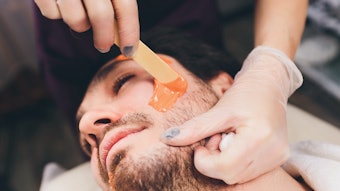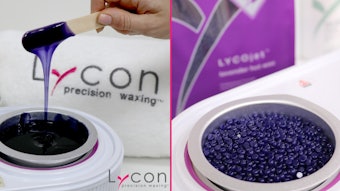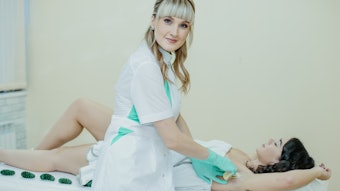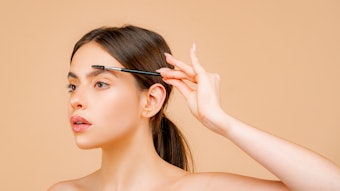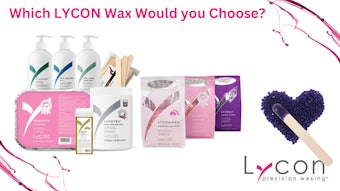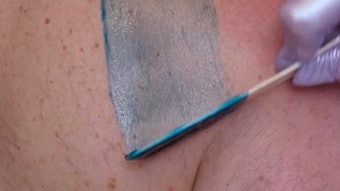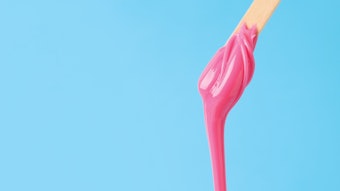The recent buzz about a potential ban on Brazilian bikini waxing in New Jersey is giving bikini waxing a bad rap. There is a lot of conflicting and incorrect information that has been circulating resulting many to fear getting a Brazilian or even a basic bikini wax. Based on many years in the beauty world as a hair removal expert, Shobha knows just how critical it is for all those undergoing a waxing treatment to be aware of the necessary steps to have a rewarding and safe experience.
Shobha Tummala, founder and CEO, wholeheartedly believes in this level of awareness, "We provide our clients with a list of precautions prior to receiving any treatments. In fact, we inform people that waxing can cause minor bumps, rashes, etc. - more specifically, it can potentially result in the temporary enlargement of hair follicles that can allow bacteria, normally residing on the skin, to enter the follicles and cause superficial or deep skin infections. So, it is extremely important to follow strict hygienic practices during the waxing treatment as well as the first 48 hours after the treatment."
Pre-treatment
- Sanitize your spa. Similar to preventing infection during a manicure or pedicure, waxing facilities must be clean and strict sanitary processes must be followed to provide uncontaminated supplies, eliminating the potential for infection during the treatment process. Use clean, disposable implements or hospital-grade disinfectant for any tools that are reused.
- Steer clear of double dipping.The nauseating truth is that double-dipping is common practice in wax application. This method uses the same spatula for the entire treatment, re-dipping the used applicator back into the vat of wax. This contaminated wax is then reused for treatments on other individuals. Unfortunately, this technique can increase the chances of potentially harmful bacteria spreading from one client to another, which is particularly disturbing when dealing with the bikini zone. Make sure your spa is following no double dip guidelines for all sugaring and waxing treatments. If your facility does not offer such a policy, allow clients to request a new can of wax at the start of their treatments to avoid contaminated supplies that have been used on other clients.
- License your professionals. By law, wax practitioners must be licensed with the state to perform professional treatments. This license should be displayed in the place of work. For New York State, you can check online to make sure your practitioner is current with his/her paperwork online. Check out your state's rules.
- Advice clients to be menstruation-free. Generally, it is best for clients to get a bikini wax at least a few days before or after their periods. The closer the treatment is to the actual period, the more sensitive the body becomes because the immune system is lowered, making it more susceptible to infection.
- Give patch tests Before providing a full treatment, if the client has never waxed previously, it is best to try a small area (known as a patch test) first. Wait 48 hours between the test and full treatment to see if the client has any adverse reactions.
Aftercare
- Advise client to be comfortable. The bikini area is one of the most sensitive parts of the body. Tell clients to wear loose, comfortable clothing after treatments to avoid irritation caused by friction or rubbing.
- Expect to be sensitive.For 48 hours after the treatment, the area will be more sensitive than usual. Advise clients to apply cold compresses and an anti-inflammatory cream, such as hydrocortisone, if the skin is especially tender.
- Use warm water. Ask clients to hold off on taking hot baths for at least two hours, but they should bathe after waxing to further clean the area. They should resist the sauna and steam room for at least 48 hours.
- Clients should abstain from sex. Medical experts recommend waiting 48 hours after any type of bikini wax before engaging in sex. This time period is when your body can be most susceptible to outside bacteria, which can potentially cause an infection. For the client's safety and health, it is better to abstain, but is not required. It is really a personal choice, so just ask clients to keep in mind that the skin does need some time to recover.
- Client should avoid UV rays. Steer clear of tanning beds and sunbathing for at least 48 hours, and always where sun protection.
- Clients should watch out for acidic products. Clients need to refrain from the use of any products containing acid, such as alpha hydroxy, glycolic acid and salicylic acid, for 48 hours. Acids, although helpful for exfoliating the skin and helping prevent bumps and ingrown hairs after hair removal, can be irritating to the skin during the first 48 hours, since the waxing process already exfoliates the top layers of skin during the treatment.
